In the harsh, sun-baked landscapes where water is a luxury, survival becomes an art form. Among the most cunning practitioners of this art are the Echeveria genus, a group of succulent plants that have perfected the craft of drought deception. Their strategies go beyond mere water storage—they employ visual subterfuge, physiological cunning, and even behavioral mimicry to thrive where other plants wither. This is the Stone Lotus Strategy: a masterclass in botanical survival.
At first glance, the fleshy, symmetrical rosettes of Echeverias seem designed purely for aesthetic appeal. But every curve, every hue, every waxy coating serves a calculated purpose. The plump leaves act as reservoirs, storing precious water during brief rainy periods. Yet it’s their drought disguises that truly astonish. During prolonged dry spells, many species undergo dramatic color shifts—from lush greens to fiery reds or deep purples—a transformation long mistaken for mere seasonal ornamentation. Research now suggests these pigments act as sunscreen, protecting delicate tissues from UV damage when water scarcity makes them vulnerable.
The farina, that powdery coating adorning many Echeveria leaves, reveals another layer of deception. This epicuticular wax doesn’t just give the plants their ethereal glow; it’s a multifaceted defense system. The microscopic crystals scatter sunlight, reducing leaf temperature by several critical degrees. They create a hydrophobic barrier that prevents water loss while making leaves slippery to deter thirsty insects. Some species can even regenerate this coating after human touch—a self-healing camouflage that puts chameleons to shame.
Below ground, their deception continues. Unlike the sprawling root systems of desert shrubs, Echeverias develop compact, shallow root networks that can rapidly absorb surface moisture from fleeting rains or overnight dew. But here’s the twist: during extreme droughts, they intentionally sacrifice older roots, conserving energy while maintaining just enough underground presence to sense when conditions improve. It’s a calculated gamble—a botanical poker face where folding certain cards increases long-term survival odds.
Their reproductive strategies border on tactical genius. Many species employ ‘bet-hedging’—producing both quick-growing offspring for immediate opportunities and dormant seeds that may wait years for ideal conditions. Some clones even alter their flowering patterns based on subtle environmental cues humans barely perceive. The Echeveria laui, for instance, delays blooming during drought years, conserving resources until pollinators are more plentiful—a patient, long-game approach to reproduction.
Perhaps most remarkably, certain Echeverias engage in what botanists call ‘opportunistic mimicry’. In their juvenile stages, some species closely resemble unappetizing rocks or even mimic the appearance of neighboring, toxic plants. As they mature, their form shifts to optimize light exposure while maintaining defenses. This chameleon-like adaptability extends to their cellular structure; during water scarcity, they can temporarily alter their photosynthetic pathway, essentially switching metabolic gears to conserve resources.
Modern agriculture is now learning from these drought deception tactics. Researchers are studying Echeveria leaf structures to develop more efficient water-retention materials. The farina’s light-diffusing properties inspire new approaches to cooling urban buildings. Even their root strategies inform water-conscious farming techniques in arid regions. After millions of years perfecting their craft, these unassuming succulents are becoming unlikely teachers in humanity’s struggle against climate change.
Yet for all our scientific understanding, Echeverias retain an air of mystery. Their precise mechanisms for sensing minute environmental changes remain partially unexplained. Some species exhibit behaviors that defy conventional plant intelligence models—like selectively aborting certain leaves to redirect resources during stress. In botanical gardens worldwide, enthusiasts whisper about specimens that seem to ‘remember’ past drought patterns, adjusting their growth accordingly. Whether this constitutes a form of plant memory or merely sophisticated biochemistry remains hotly debated.
What emerges is a portrait not of passive survival, but of active strategy—a vegetal Sun Tzu deploying camouflage, misdirection, and resource allocation that would impress military tacticians. The Stone Lotus Strategy represents one of evolution’s most elegant solutions to environmental extremes. As our planet grows hotter and drier, these unassuming succulents may hold secrets far more valuable than their beauty: a blueprint for resilience in an increasingly arid world.
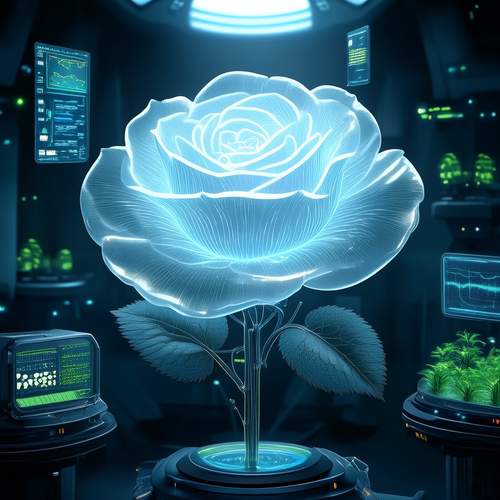
By /May 21, 2025
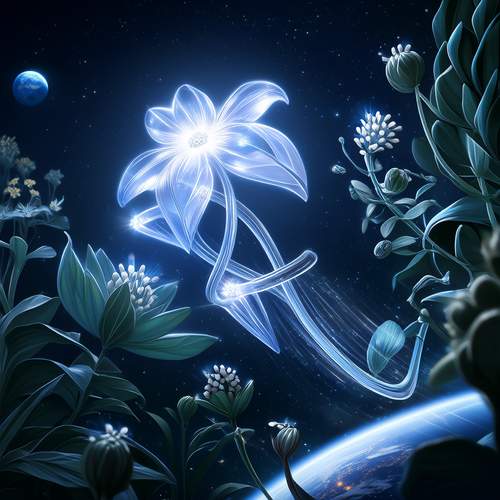
By /May 21, 2025

By /May 21, 2025

By /May 21, 2025
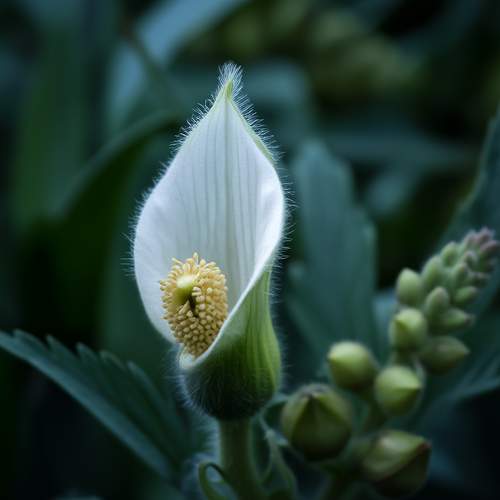
By /May 21, 2025
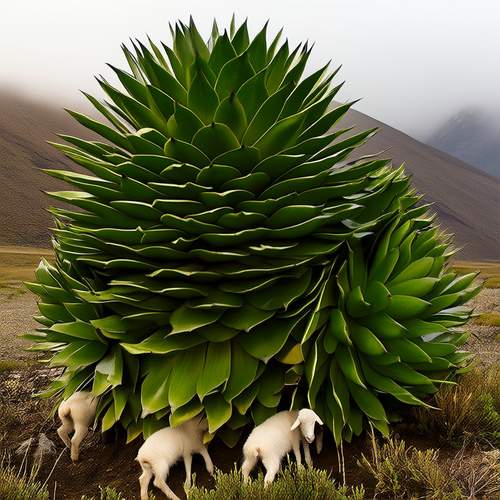
By /May 21, 2025
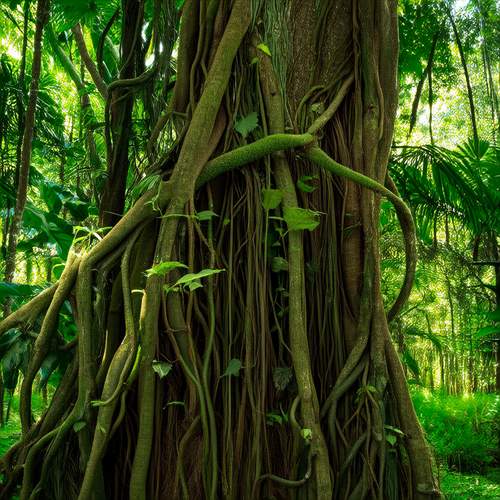
By /May 21, 2025
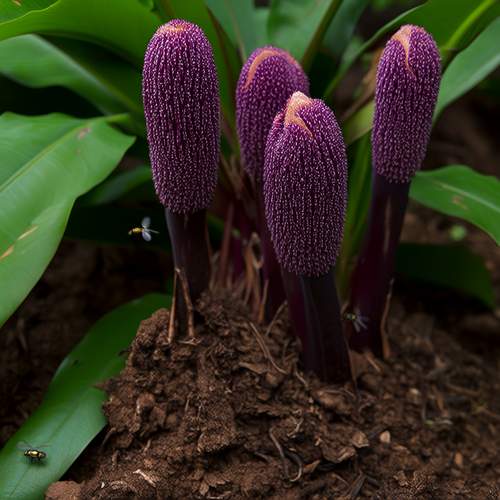
By /May 21, 2025
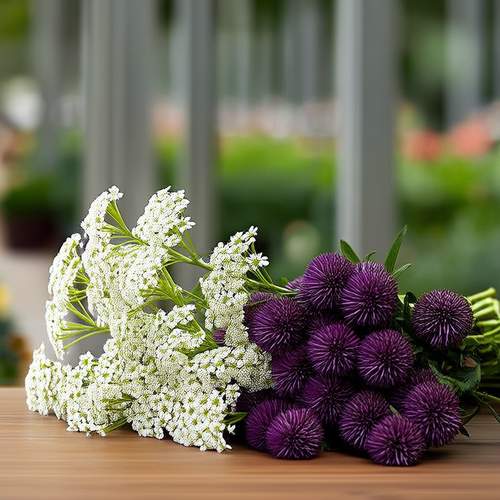
By /May 21, 2025
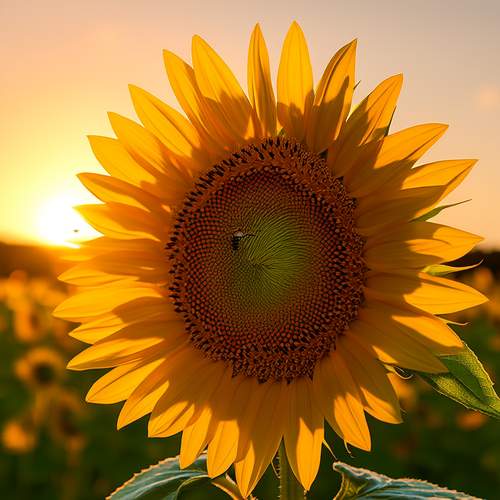
By /May 21, 2025

By /May 21, 2025

By /May 21, 2025
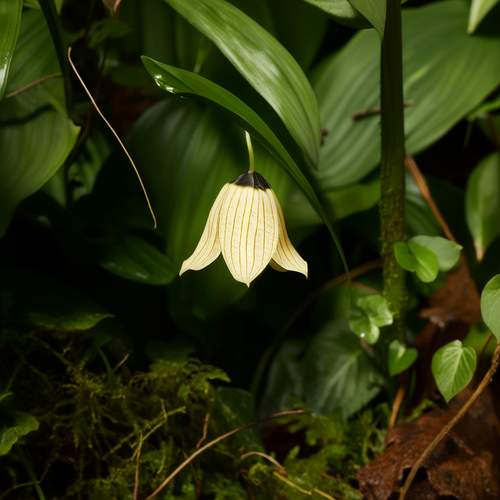
By /May 21, 2025
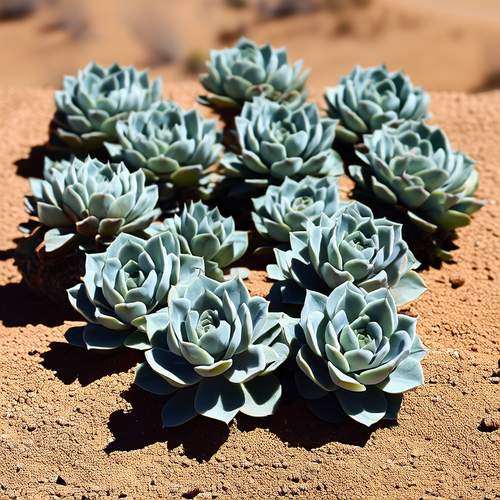
By /May 21, 2025
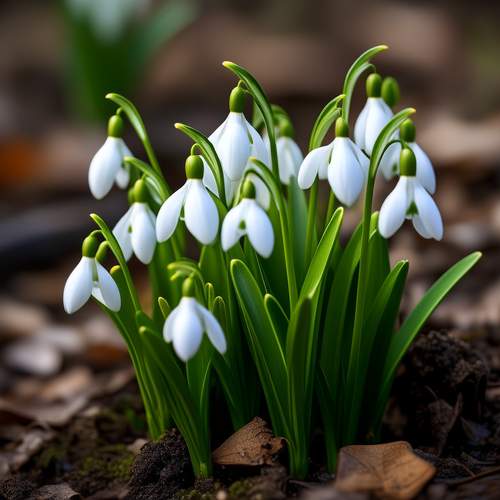
By /May 21, 2025
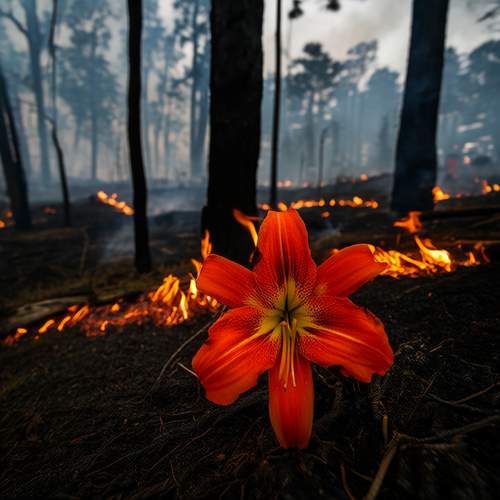
By /May 21, 2025
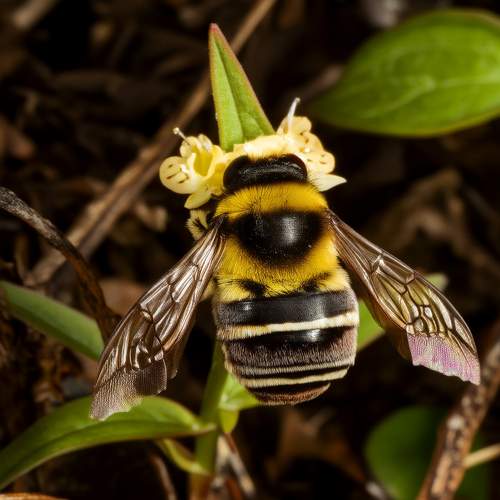
By /May 21, 2025

By /May 21, 2025
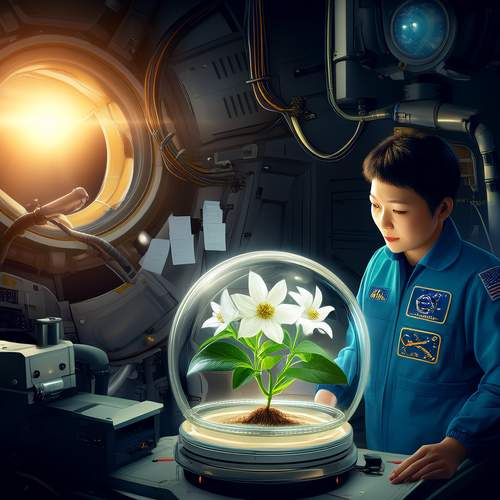
By /May 21, 2025
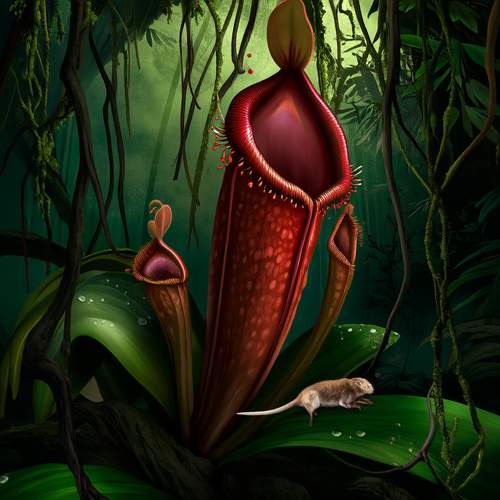
By /May 21, 2025